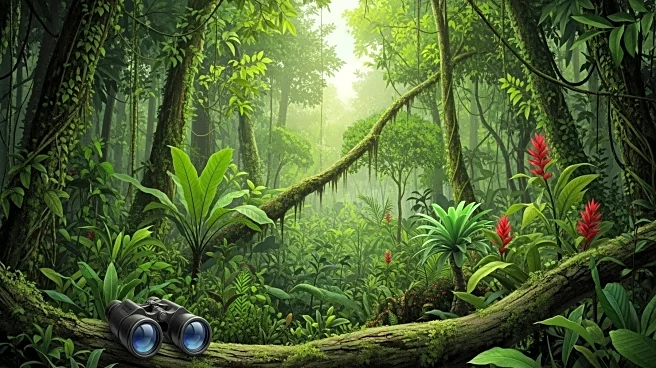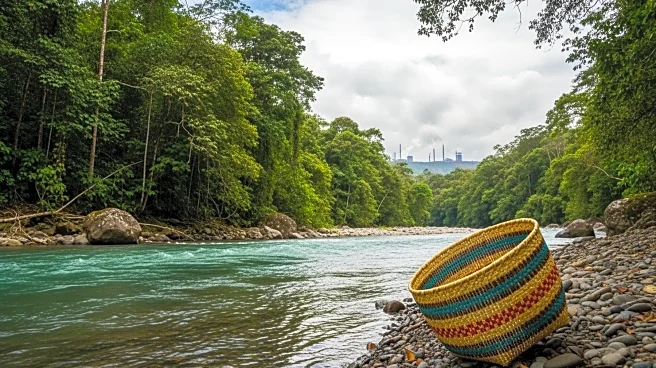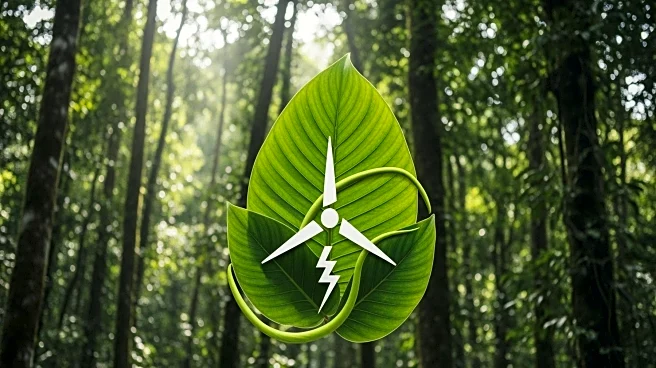What's Happening?
A report by Survival International highlights the precarious situation of the Mashco Piro, an isolated tribe in the Peruvian Amazon. The Mashco Piro, who have chosen to remain uncontacted for over a century, face threats from logging, mining, and potential
disease transmission from outsiders. The tribe relies on the rainforest for sustenance, using traditional hunting methods. Despite their isolation, recent interactions with locals in Nueva Oceania have increased, raising concerns about their safety and cultural preservation. The Peruvian government maintains a policy of non-contact to protect these vulnerable groups, but logging activities continue to disrupt their environment.
Why It's Important?
The Mashco Piro's situation underscores the broader challenges faced by uncontacted tribes worldwide. These groups are highly susceptible to diseases and cultural disruption from external contact. The report warns that without stronger protective measures, many such tribes could face extinction within a decade. The ongoing logging and mining activities not only threaten the Mashco Piro's habitat but also pose a risk of violent encounters, as evidenced by past incidents. The preservation of these tribes is crucial for maintaining cultural diversity and protecting human rights, highlighting the need for international attention and action.
What's Next?
The Peruvian government, along with indigenous rights groups, may need to strengthen policies and enforcement to safeguard the Mashco Piro and other uncontacted tribes. This could involve designating more protected areas and curbing illegal logging and mining activities. Additionally, there may be increased advocacy for international support to ensure these tribes' survival. The situation calls for a delicate balance between respecting the tribes' autonomy and providing necessary protection from external threats.
Beyond the Headlines
The Mashco Piro's plight raises ethical questions about the rights of isolated tribes to remain uncontacted and the responsibilities of governments and global communities to protect them. The cultural significance of these tribes and their unique way of life offer insights into human adaptability and resilience. Long-term, the preservation of such tribes could contribute to biodiversity conservation and the understanding of sustainable living practices.














